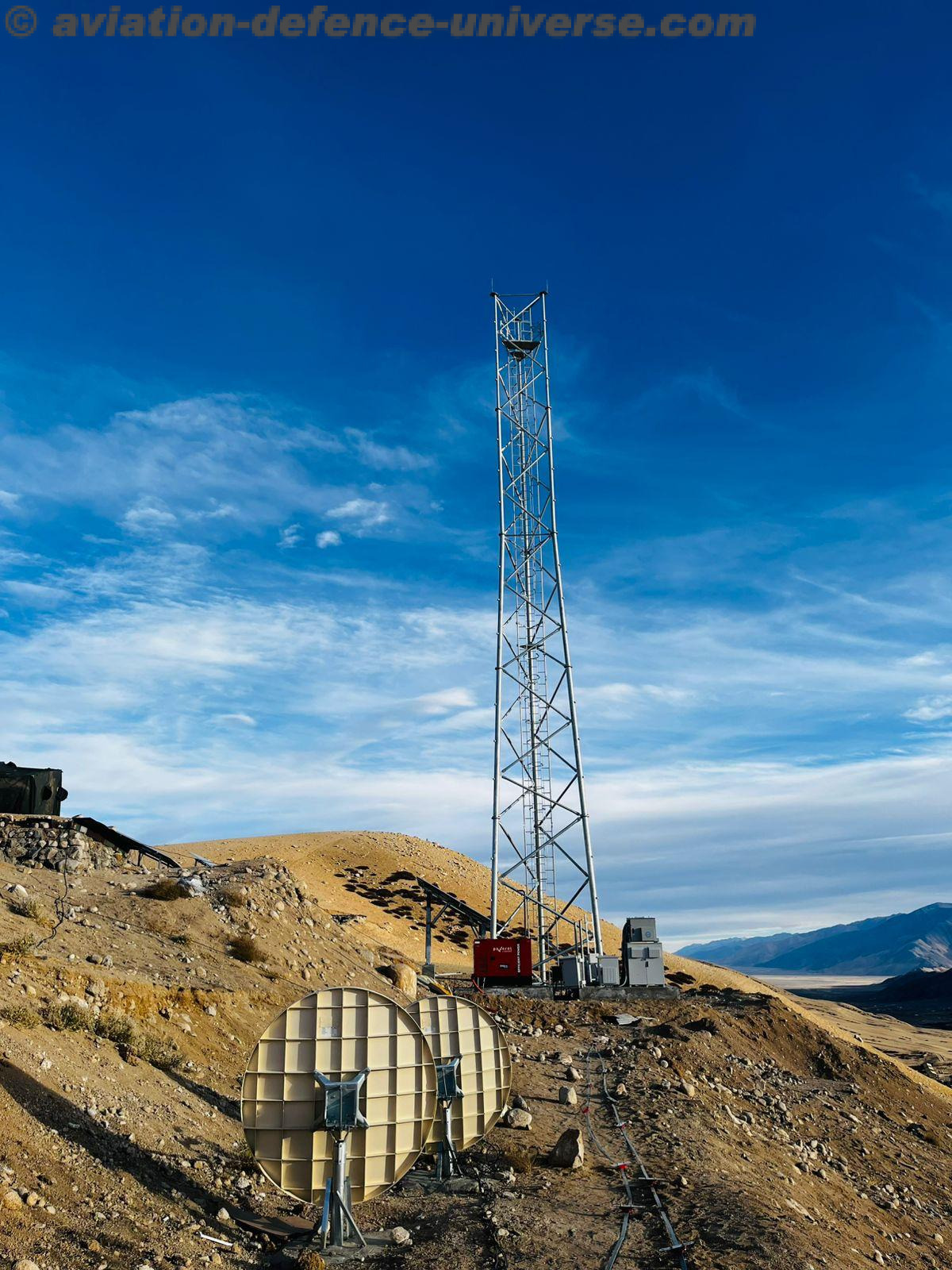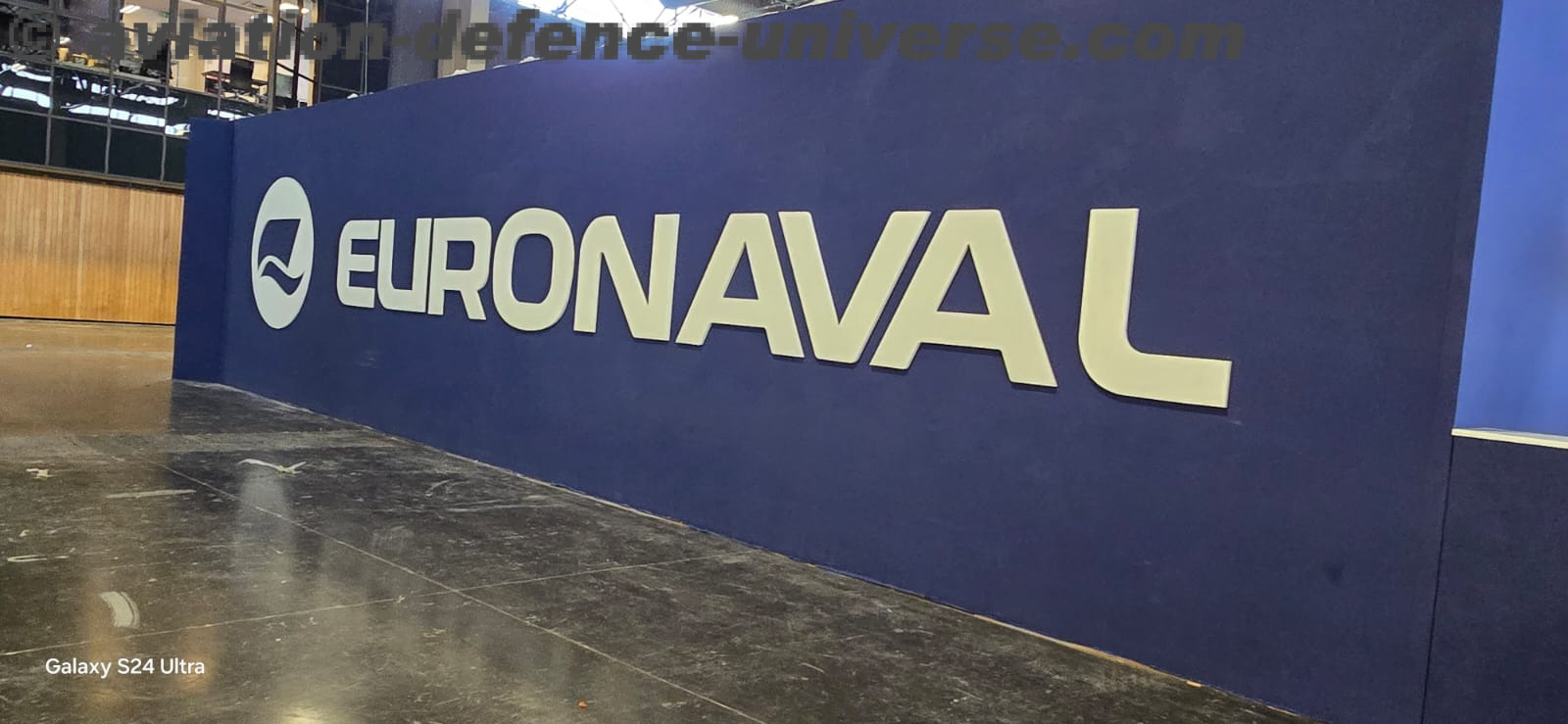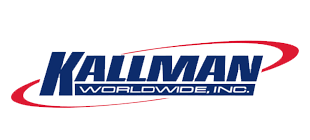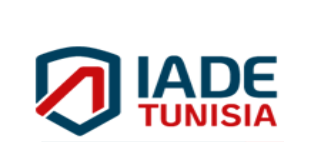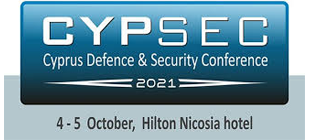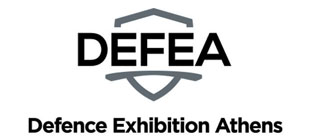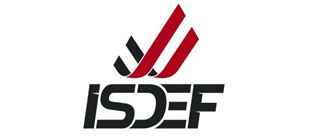By Sangeeta Saxena
|
Sea Venom is designed as a successor to the Royal Navy’s Sea Skua and French Navy’s AS 15 TT missiles. When in service, Sea Venom will equip Wildcat helicopters in the Royal Navy and Panther and NH90 helicopters in the French Navy. Much like its predecessors, Sea Venom is designed to attack surface targets, such as fast in-shore attack craft (FIACS) ranging in size of between 50-500 tonnes, as well as larger surface targets of up to corvette size. With its 30 kg warhead, the missile is also capable of inflicting significant damage to larger vessels through precision aim point selection, and can also attack static land-based targets. MBDA has stated that the missile has a “long” stand-off range enabling it to be launched from beyond the reach of most modern air defence systems. The missile is capable of several attack modes including sea skimming and “pop up/top attack.” Mati Hindrekus , Head of Marketing Communications informed ADU that in addition to its operational advantages, and importantly for current Sea Skua users, Sea Venom retains the same dimensions, allowing for compatibility with existing magazines and handling equipment. Given that the UK and France will be supporting the weapon and its growth path over the next 30 years or so, Sea Venom customers can be confident in the durability of the capability provided. Similarly, as the Royal Navy is intending to deploy Sea Venom on its future AW 159 Wildcat, should the Royal Malaysian Navy move towards this platform, a seamless transition with Sea Venom is assured.
With its Lynx helicopters just weeks from being retired, the RN carried out its final firing of the Sea Skua over the Atlantic during March. Considered the RN’s most successful weapon since World War 2, Sea Skua all but wiped out Saddam Hussein’s entire naval strength in the first Gulf War in 1991 by disabling 14 enemy ships. However, getting ready to take Sea Skua’s place is Sea Venom. The new weapon is already undergoing a series of tests with the first carriage and release trials having taken place on a French DGA (French agency for defence procurement) in December 2015. Earlier this month in the UK, carriage and release trials were also carried out on a Lynx.
Sea Venom is a high subsonic, sea skimming missile with a range of 20 Km designed for high lethal effect against a wide target set including FIACs (Fast Inshore Attack Craft) and corvettes. The missile is capable of several attack modes including ‘pop up / top attack’. A high speed, two-way data-link communicates the IR images, “seen” by the missile’s seeker, to the operator. Therefore, in addition to initiating an autonomous engagement, the operator can also monitor the action or even remain in control of the missile throughout the full duration of its flight. With aim-point selection, the operator can decide whether to destroy or disable the target.
|


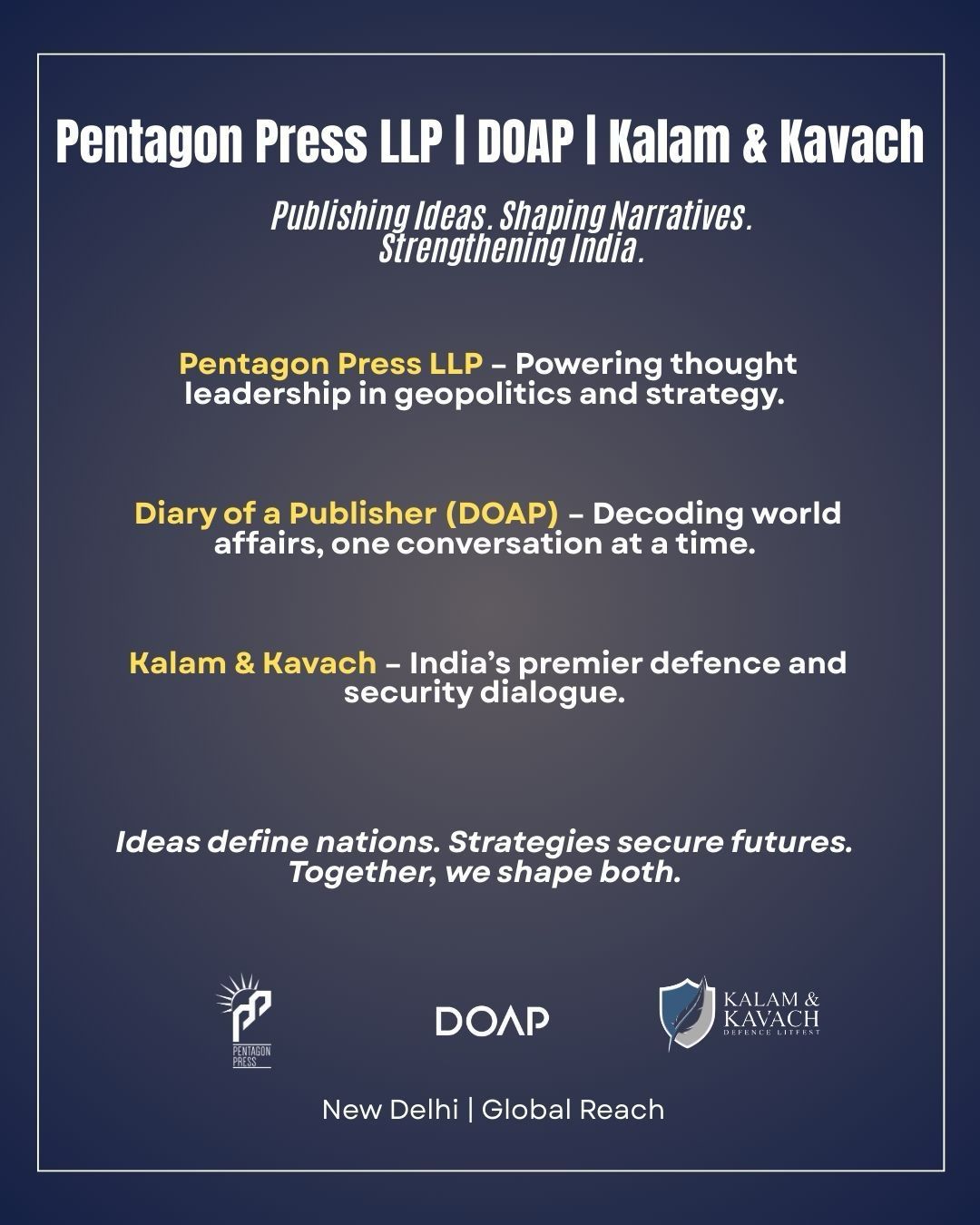





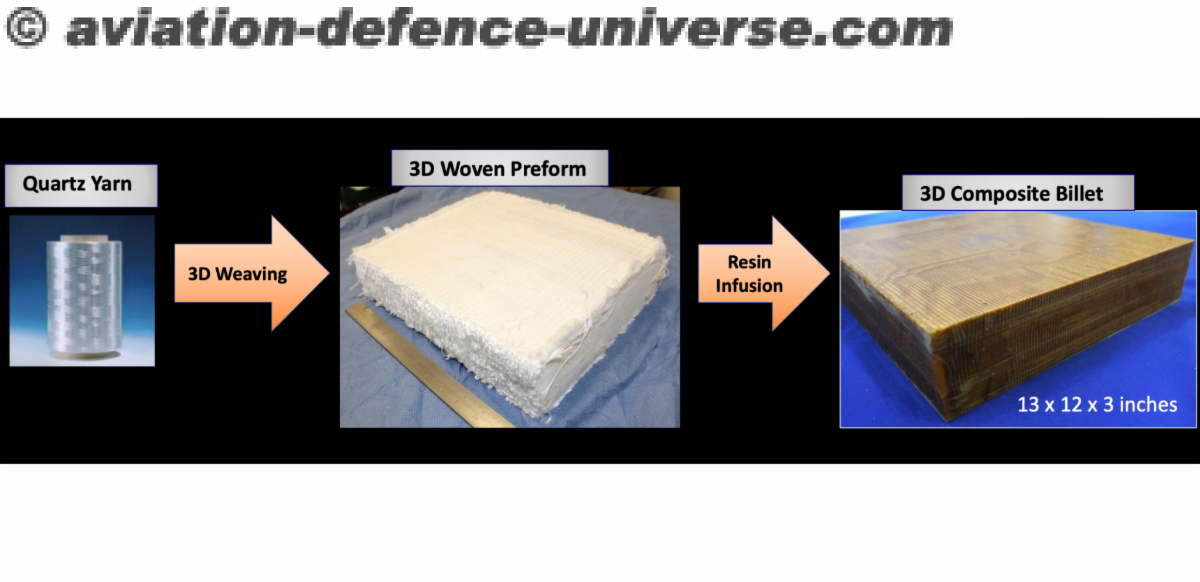





























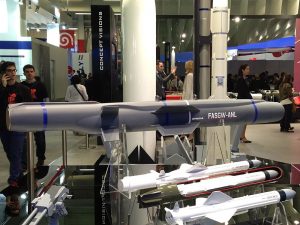 Langkawi. 23 March 2017. MBDA is preparing a new weapon, aptly named the Sea Venom, featuring the latest technology advantages, to meet the requirements of the British and French navies for a future helicopter-launched anti-ship missile. Weighing around 100kg, this missile is the replacement for the Sea Skua and AS 15TT anti-ship missiles within the MBDA product portfolio which are fast approaching the end of their effective service lives.
Langkawi. 23 March 2017. MBDA is preparing a new weapon, aptly named the Sea Venom, featuring the latest technology advantages, to meet the requirements of the British and French navies for a future helicopter-launched anti-ship missile. Weighing around 100kg, this missile is the replacement for the Sea Skua and AS 15TT anti-ship missiles within the MBDA product portfolio which are fast approaching the end of their effective service lives.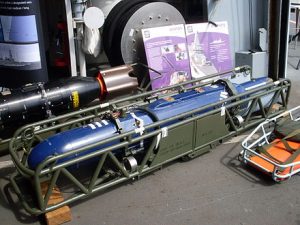 Sea Skua is used by several navies, including the RMN on its Super Lynx, whilst the AS15TT is used on the Panther helicopter operated by Middle Eastern forces. The new weapon will equip the UK RN’s new AW159 Wildcat helicopters as well as helicopters in the French Navy (where the weapon will be known as ANL).
Sea Skua is used by several navies, including the RMN on its Super Lynx, whilst the AS15TT is used on the Panther helicopter operated by Middle Eastern forces. The new weapon will equip the UK RN’s new AW159 Wildcat helicopters as well as helicopters in the French Navy (where the weapon will be known as ANL). Mark Sheehan from MBDA and a former RN Lynx pilot with firsthand experience of the Sea Skua missile said: ”Sea Skua is an excellent weapon with a commendable service record. However, a comparison with Sea Venom is the difference between night and day, literally. Sea Venom adds so much extra capability and is ideally suited to the Wildcat with its Seaspray AESA radar and Wescam optical/IR nose turret. For today’s evermore complex challenges, particularly in the littoral, Sea Venom adds a whole new aspect to what a naval helicopter can do, from taking out moored vessels in port through to fast moving vessels in open waters. Importantly, the operator can choose to stay in full control and contact with the missile right up to target impact”.
Mark Sheehan from MBDA and a former RN Lynx pilot with firsthand experience of the Sea Skua missile said: ”Sea Skua is an excellent weapon with a commendable service record. However, a comparison with Sea Venom is the difference between night and day, literally. Sea Venom adds so much extra capability and is ideally suited to the Wildcat with its Seaspray AESA radar and Wescam optical/IR nose turret. For today’s evermore complex challenges, particularly in the littoral, Sea Venom adds a whole new aspect to what a naval helicopter can do, from taking out moored vessels in port through to fast moving vessels in open waters. Importantly, the operator can choose to stay in full control and contact with the missile right up to target impact”.










